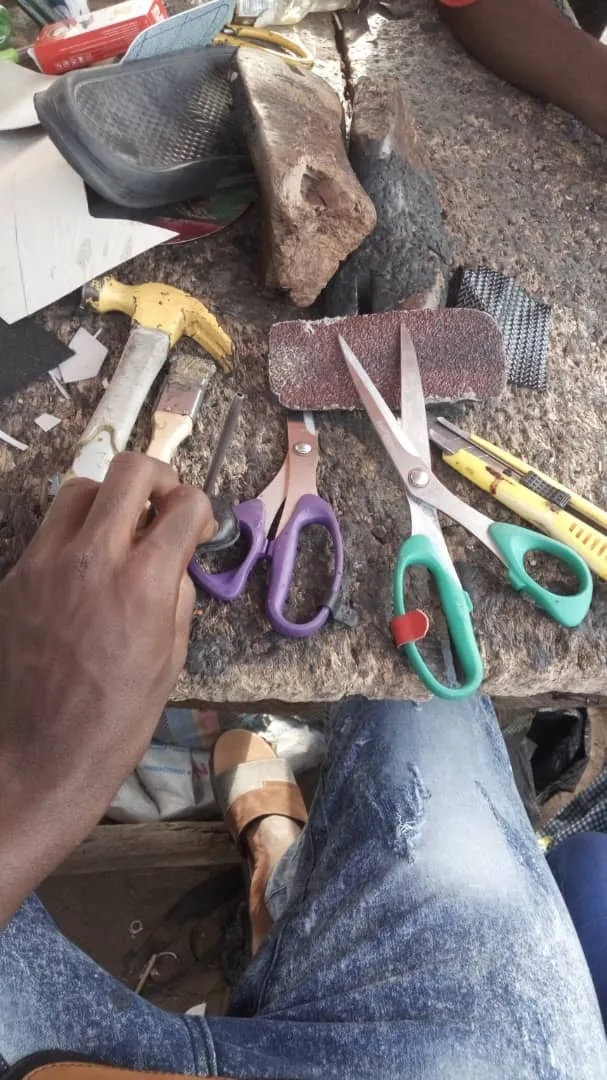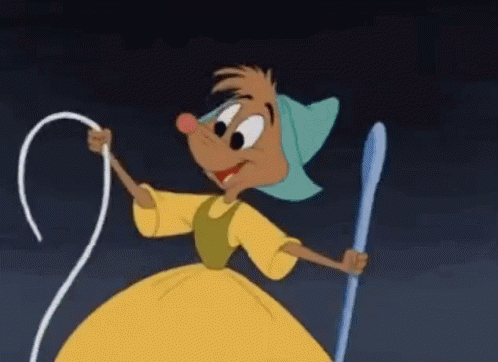Hello, friends of needlework mate. Hope you are all doing well with family and friends and especially with needlework and other craftwork this weekend. Hope you all had many customers before this week. I want to show you some wonderful samples of leather needlework tools I and my team use in working. This is just one of our local branches as we hope to have other great working segments in the nearest future.
I know very well that some of us are already used to some of the tools through needlework but I just want to highlight them a little for further clarification based on my own experience in craftwork.
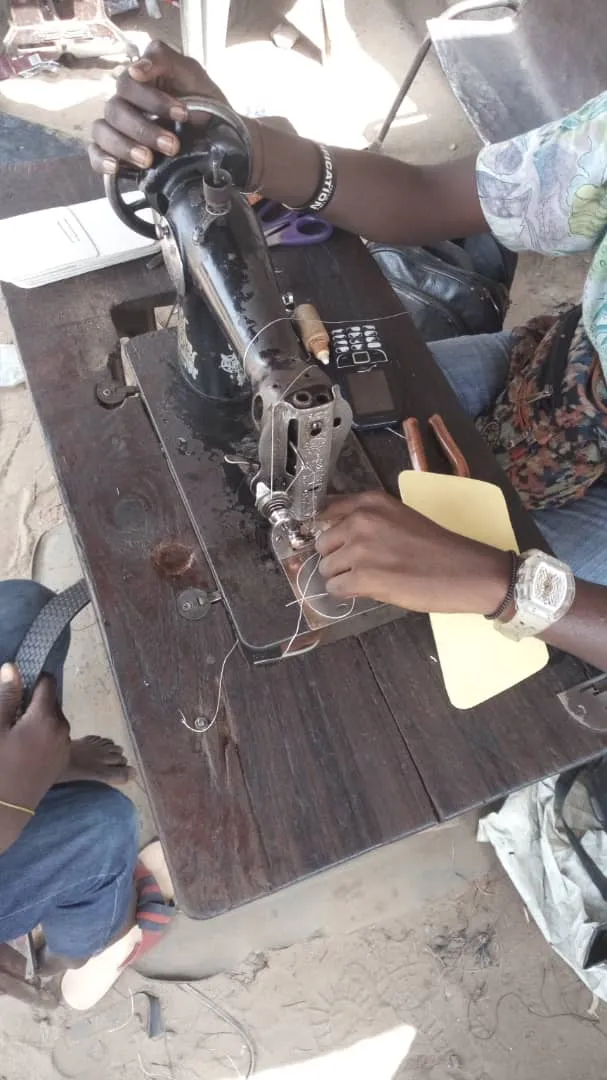
Before any needleworker will consider engaging in the skill of needle or craftwork. He/she must first consider the tools he wants to use for the work. You cannot rent a needlework shop or office without having tools for the work. That's after you must have acquired the needlework skill based on your area of specialization.
Some of the tools used for needlework must be properly managed and maintained not minding the cost of whether there could be bought at a higher or cheaper rate. You must manage your resources well to avoid not having a huge profit all the time. I will categorically tell you that needle or craftwork is one of the skills that pay well across the globe if you take the business seriously.
Some of the tools I and my team use for leather needlework sandals, slippers, shoes, and bags include:
Sewing leather machine:
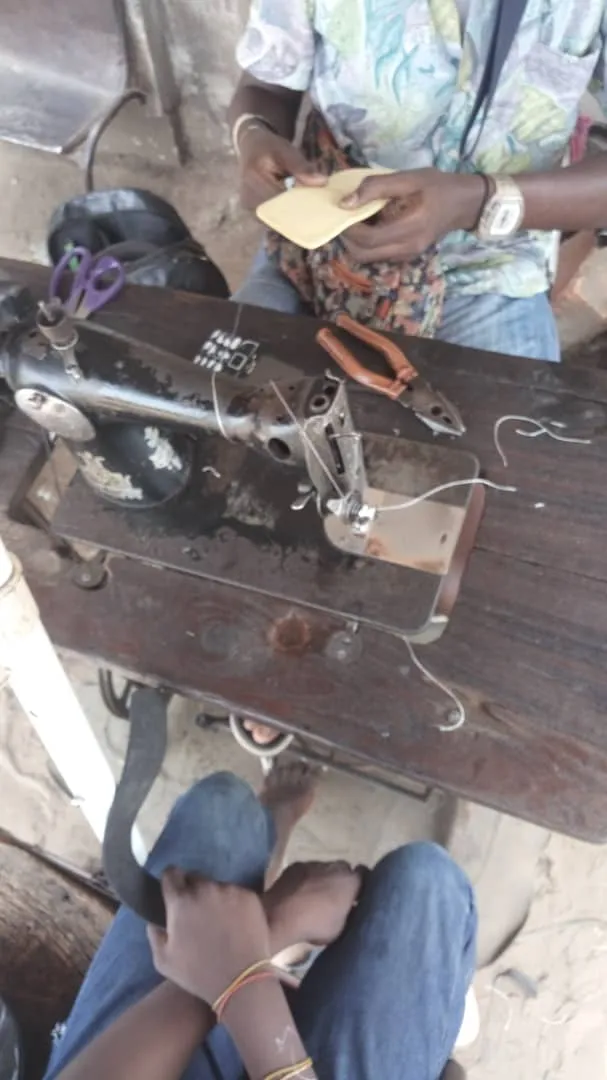
The machine is a manual one and it is used for sewing leather sandals, slippers, shoes, and bags. The sewing machine must be operated by an experienced leather maker or tailor. Before any needleworker will consider using the sewing machine, he must have measured and crafted out the leather based on the design choice of the output. Before using the machine you should have fixed the leather sewing thread. The sewing machine is also used for thread design on leather shoes, sandals, slippers, and bags.
Rough filling machine:
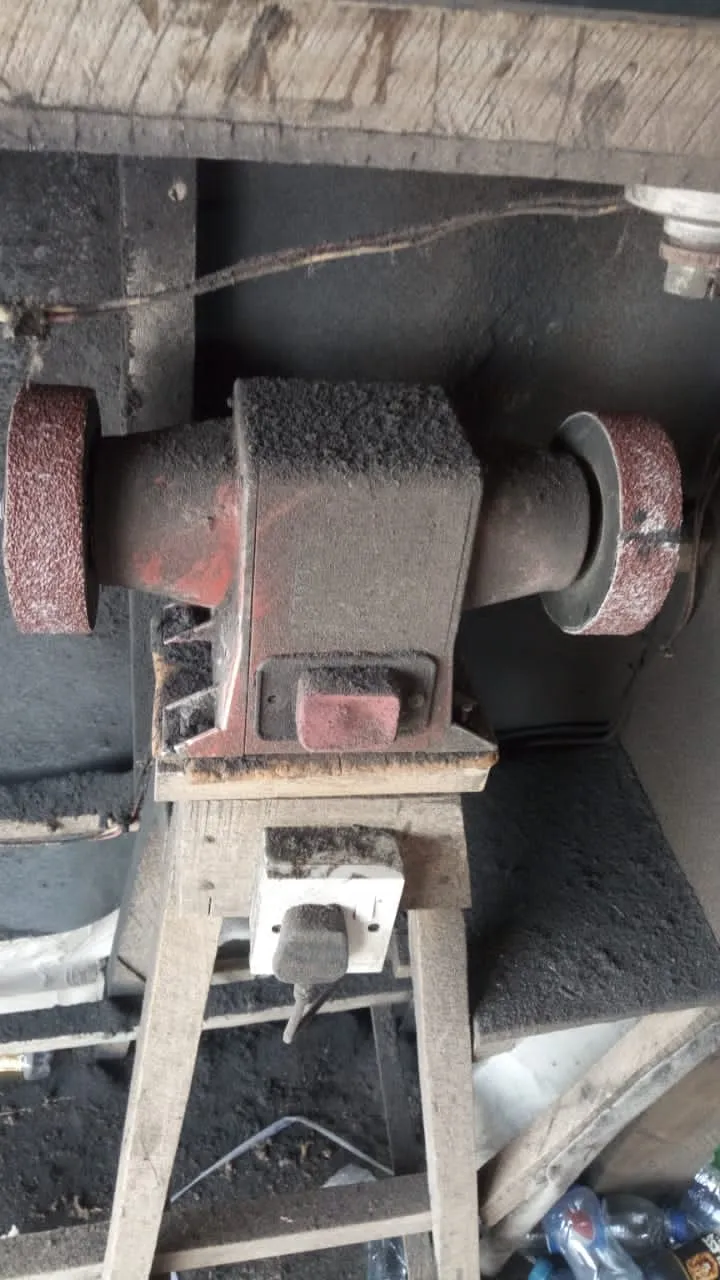
A machine is an electronic tool used for the filling of leathers before the gumming together of the sole and the designed top leather. The rough filling machine in leather production is specifically used for roughing of hard and few soft soles in order to make the gum hold the sole and the leather strong and for it to last for a longer period without water damaging the shoe, sandals, slippers, or bags.
Filling machine:
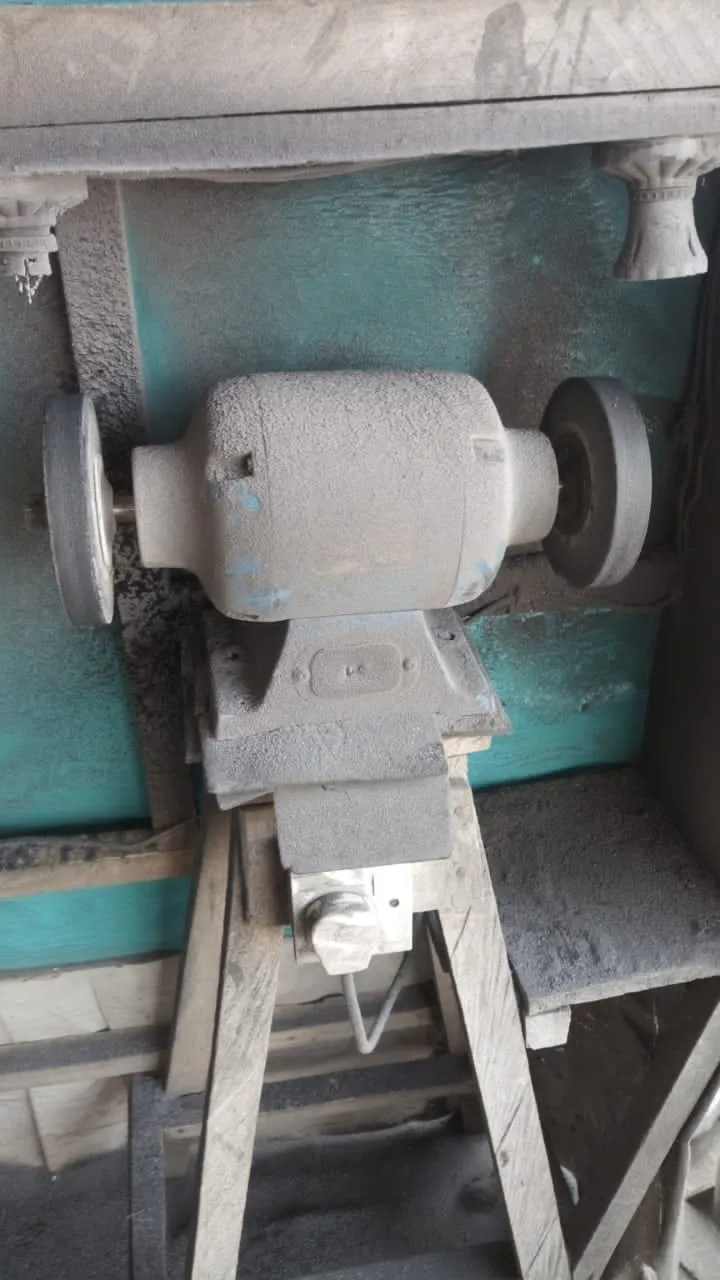
The machine is also an electronic one. The major role of this machine in leather needlework production for sandals, shoes, slippers, and bags is that it is used to file the sole by reducing it to the actual size of the shoemaker's desire. Before you file, the work must have been completed, and then maybe the sole is a bit longer by size and then you want to reduce it. You will have to use the filling machine.
Scissors:

This is one of the common tools for sandals, shoes, slippers, and bags production. The scissors are used in cutting off thread from the leather sewing machine. The scissors are also used for cutting out leathers after measurement. Every needlework makes use of scissors which makes it very important just like a thread.
Cutter:
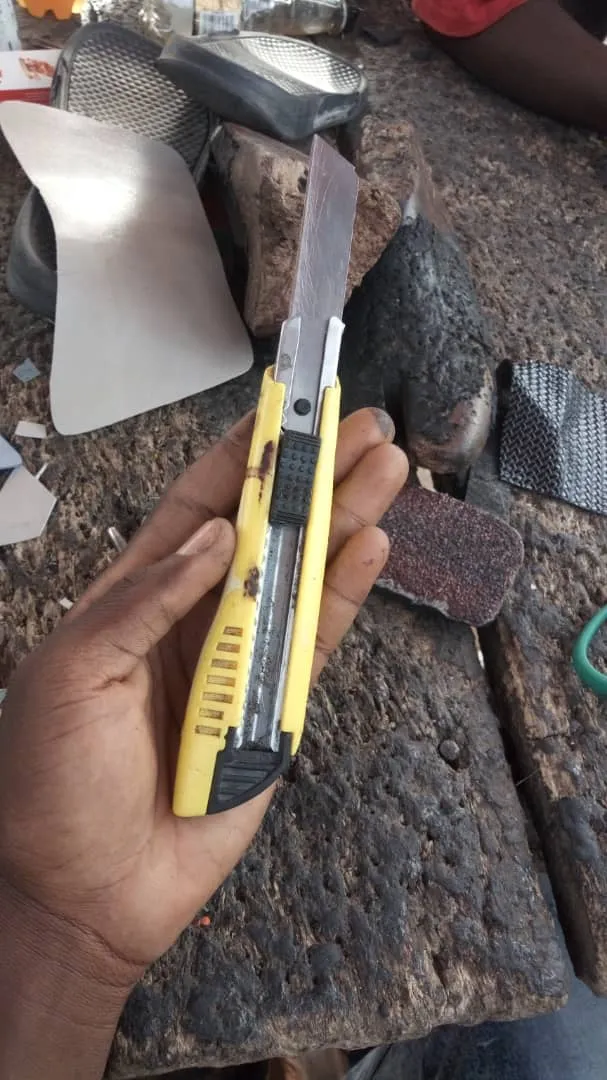
The cutter is a very sharp tool that is used for carving soles and leathers. The major function of this tool is in the area of leather carving or cutting.
Punch:
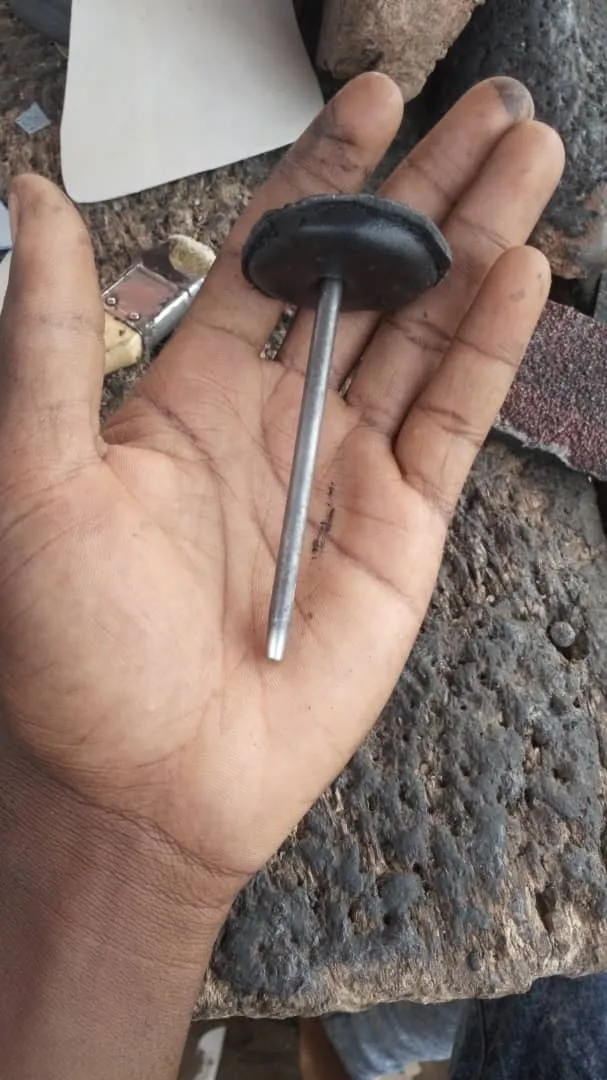
The tool looks very small but it also plays a very significant role in leather and thread shoe production. The punch is used to open a small round space in sandals, shoe, slippers, and bags that has buckle.
Hammer:
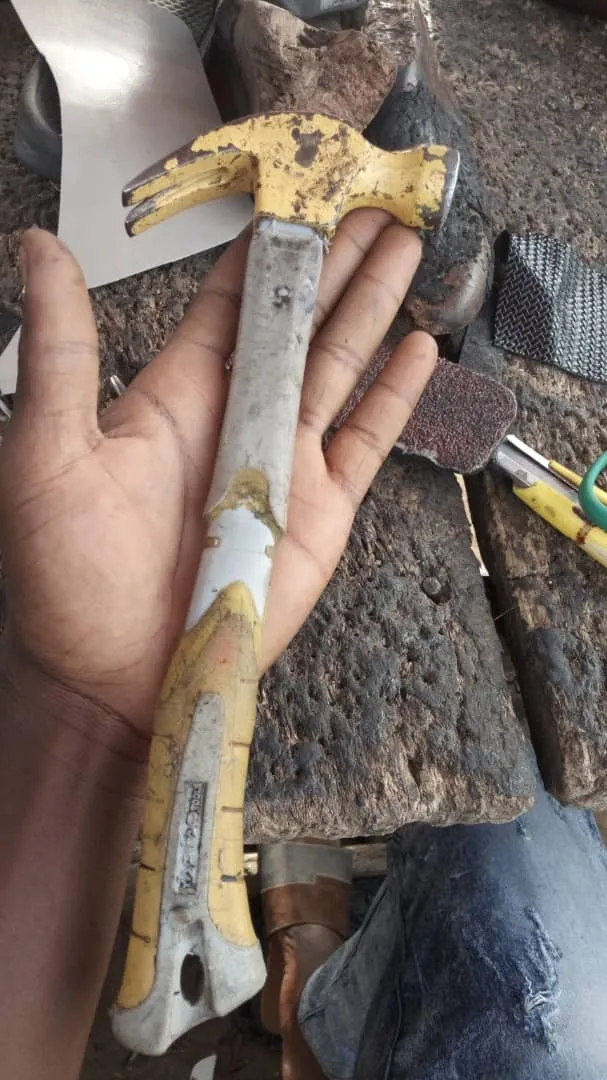
This is also a common tool for needlework in the area of sandals, slippers, and shoes whether crocheted, knitted, or sewed. The hammers are used to hit the sole and the leather together after gumming to make the material strong and to avoid quick damage from water.
Sandpaper:
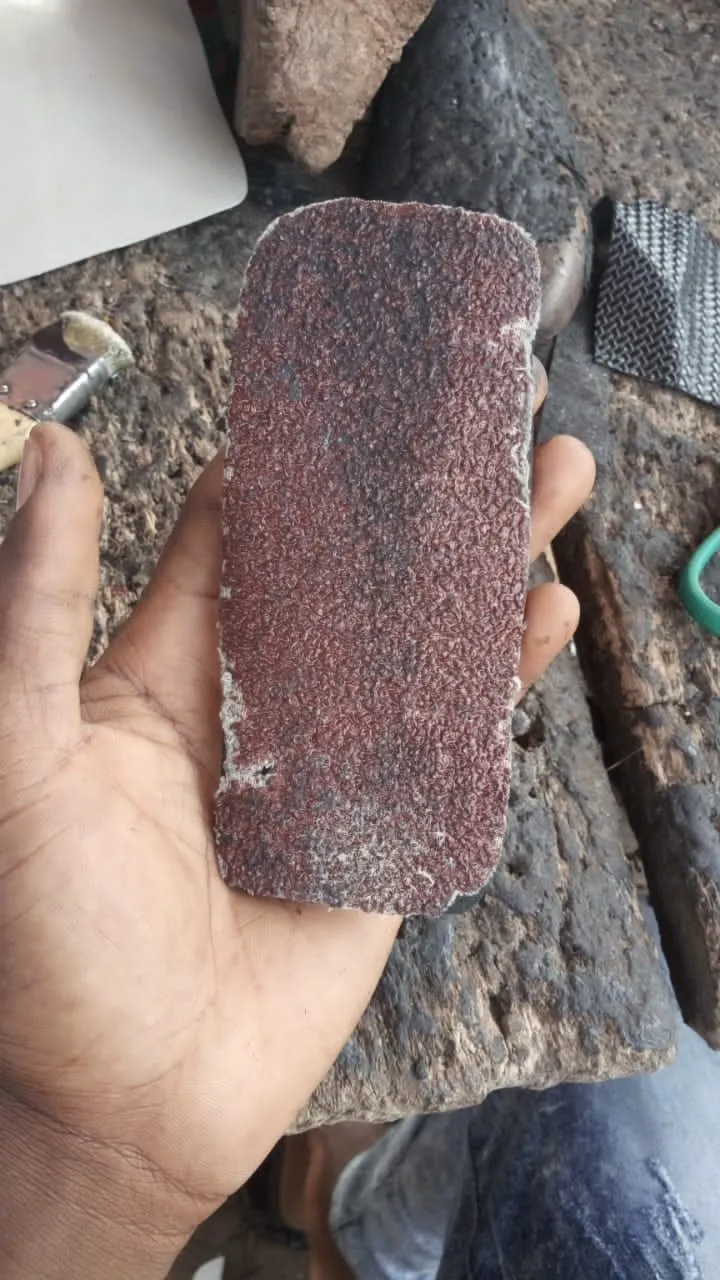
The sandpaper is used to rough the sole and the leather and it is in manual form. The sandpaper is mostly used to rough soft leather before rubbing the gum on the sole and the leather.
Brush:
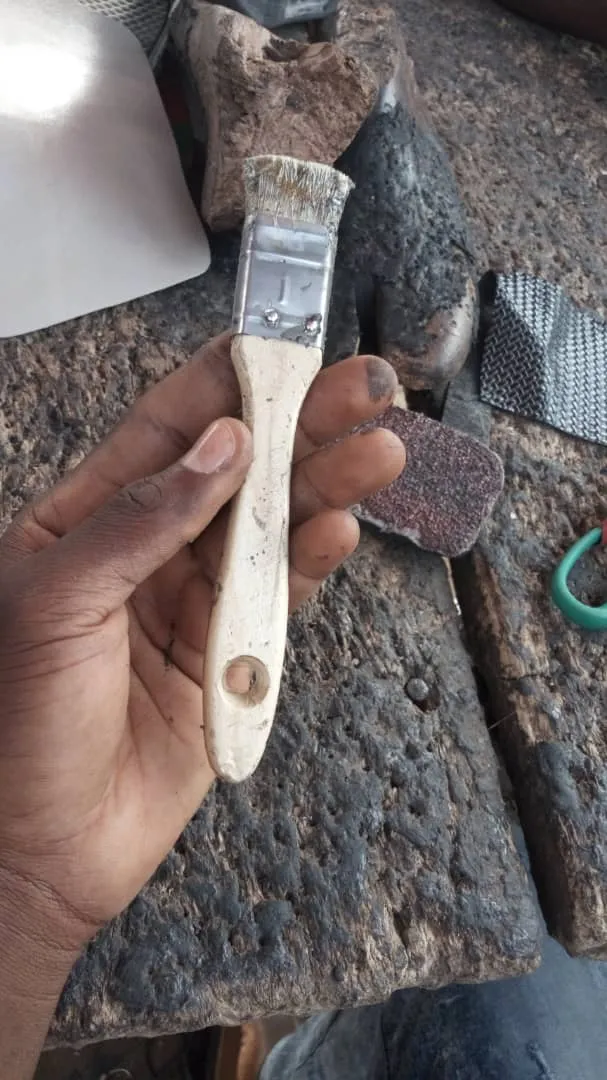
The brush is very common before it is used for gum rubbing on the sole and the leather.
